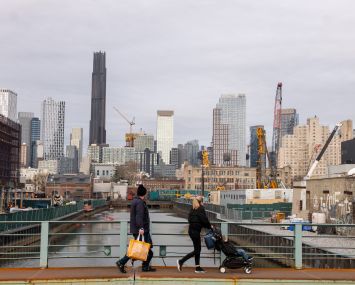
Preferred-equity investment structures are emerging as a vehicle of choice strongly suited to many deals in today’s investment market, in some cases even taking the place of senior debt.
This year’s lack of available transactions (due to the lack of motivated sellers) has been well documented. This dearth of closings is reversing as year-end approaches, and it appears that 2010 will see a tangible return of the transaction markets, as a significant number of sellers of various types are becoming more motivated, whether due to internal or external forces.
Stable properties owned by durable borrowers are not changing hands, and that is unlikely to change in the near term. Few if any owners are selling in today’s market by choice-and that will not happen until there is a much longer list of recent sales comps indicating the appropriate cap rates on stable properties for opportunistic (rather than motivated) sellers. Long-term holders continue to view today’s market as a buying rather than selling opportunity.
The properties that are changing hands today have major challenges. But great fortunes have been made buying problematic assets in times of distress, and the appetite for risk has remained in place among developers unscathed (or only modestly scathed) by the downturn. The big change in recent weeks is that developers and other entrepreneurial buyers have begun finding purchase opportunities that are attractive from a risk-reward perspective.
In order for a distressed asset to be attractive to opportunistic buyers in today’s market, certain fundamentals must be present. For residential developments in New York City, the location must be established, active and have either good access to public transit or tremendous charm and established sales history (such as the far West Village). Projects that were either poorly conceived (inefficient layouts) or poorly executed (substandard construction or design elements) will be punished.


